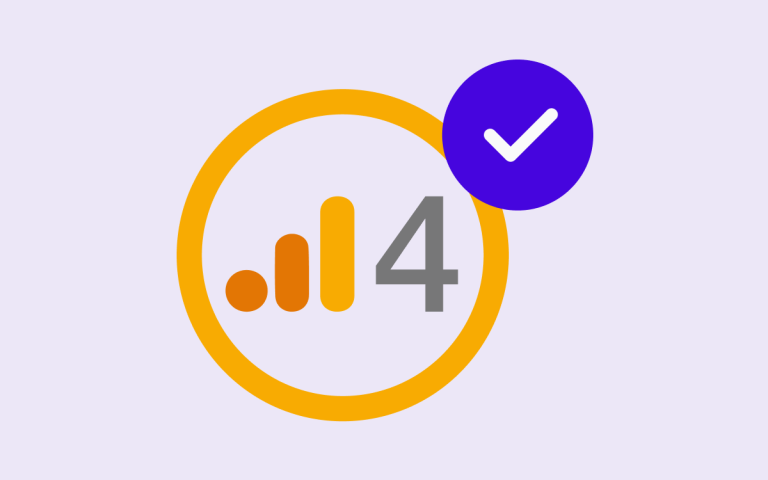
Data
How to grow your Shopify store with data
Heli Torniainen
Growing a Shopify store isn't just about pumping up your ad budget and hoping sales follow; it requires systematic experimentation, rapid iterations – and above all, leveraging data.
Growth hacking is all about how to combine data, customer insight, and technology as effectively as possible to drive growth.
So, what exactly is growth hacking? Simply put, it’s data-driven, experimental, and agile growth optimization that merges marketing, technology, and customer understanding. The goal is to find the most effective ways to grow sales and customer base quickly and cost-effectively through small, continuous experiments (like A/B testing). Growth hacking is especially beneficial for online stores because it enables rapid testing, scalable growth, and customer-centric development.
Analyze purchase behavior data and make data-driven decisions
Data has become the fuel for e-commerce development, allowing businesses to understand their customer base more deeply than ever before. Examining customer data reveals their behavior and desires, guiding companies’ strategic choices, enhancing operations, and increasing profitability.
One key way to leverage data is by segmenting customers into different groups. This allows marketing communications to be tailored to each group’s specific needs. Targeted communication increases its relevance, which in turn boosts sales. Many experts can help create effective segmentation models based on data.
Without proper data, decisions are made blindly and on gut feeling. While Google Analytics and Shopify Dashboard are basic necessities, they need to be supplemented with deeper analysis – for example, segmentation based on purchase history and behavior. The better you understand your customers’ buying behavior, the better you can personalize their experience. Product recommendations, dynamic discounts, and even email campaigns should be built according to what the data reveals.
If a customer has made only one purchase and hasn’t returned, it’s worth testing targeted offers or re-engagement campaigns. On the other hand, if a customer buys regularly, Shopify loyalty apps (e.g., Smile.io, LoyaltyLion, or Yotpo Loyalty) offer effective tools to boost engagement. With these, you can build point systems, VIP tiers, or customized rewards that encourage them to return – and most importantly, to buy more and more often.
When you combine data-driven customer insight with an incentivizing loyalty program, you build customer relationships that last.
Test different marketing channels and methods
Marketing isn’t just about running ads. You need to identify which channels truly work. For instance, Meta ads can bring a lot of traffic, but if the conversion rate is poor, the investment might not be worthwhile. A weak conversion can be due to various reasons: the landing page doesn’t match the ad’s promise, the purchase path is too complicated, the offer isn’t attractive enough, or the message isn’t reaching the right target audience. The solution isn’t necessarily to increase the ad budget, but to optimize the purchase path, clarify messages, and refine targeting. It’s crucial to closely monitor where customers drop off – and make improvements based on that data.
Testing should be conducted continuously with different approaches. Lookalike audiences, dynamic remarketing, affiliate marketing, and even TikTok ads can all work, but they must be based on facts, not guesswork. Referral programs, social proof (customer testimonials and reviews), and user-generated content are important parts of this overall strategy.
Optimize pricing
Pricing is an element that should be optimized more carefully. How do different price points affect purchasing behavior? Dynamic pricing and bundle offers can work for some products – sometimes customers respond better to getting two products slightly cheaper than one at the regular price.
Psychological pricing leverages how customers perceive value and make choices. The way pricing is structured, the choice of words, and how an offer is presented often influence decisions more than the price itself. For example, clearly presenting alternatives for comparison or highlighting the added value received for a small extra cost can effectively guide the purchase decision. It’s not just about the number, but about how the choice is framed. Well-structured pricing can increase the average order value, improve conversion, and enhance the customer’s feeling of getting good value for their money.
Often, even a small price adjustment or rearrangement of options can increase the average order value and improve conversion. Many online stores have seen significant results, for example, by bundling products into packages or experimenting with different price points through A/B testing. Through these methods, the shopping cart value can be increased by as much as 15–20% – without compromising the customer experience. When pricing is based on data and testing, its impact is directly visible in business results.
Invest in organic traffic
Investing in Search Engine Optimization (SEO) is a long game, but it pays off. Through blog content, product reviews, and answering customer questions, I’ve helped clients increase their organic traffic without paying for every click.
Shopify offers excellent tools for tracking data, but ultimately, success hinges on what you do with that information. Growth hacking isn’t one big trick; it’s hundreds of small tests, some of which fail and some that deliver significant results.
However, you don’t need to – or even should – track every single metric. The key is to identify the numbers that are relevant to your business. For instance, conversion rate tells you what percentage of visitors make a purchase. Average order value shows the value of the shopping cart. The ratio of new vs. returning customers indicates customer loyalty, and customer acquisition cost helps you understand marketing effectiveness. If you have a subscription model or a loyalty program, tracking recurring revenue is also critical.
When metrics are clear and utilized in daily decision-making, an online store can be grown systematically. And that’s precisely what successful e-commerce merchants do – they’re data-driven, test boldly, and continuously learn.


